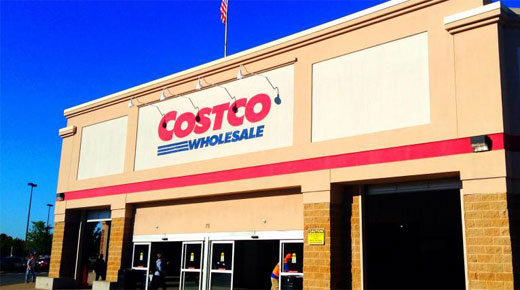Costco Wholesale moved in front of Google to earn the title of America’s best large employer this year. To determine America’s best employer each year, Statista and Forbes survey 30,000 workers at U.S. organizations, asking them questions about their work experience. Costco has consistently appeared in the top three. Clearly, the giant retailer is doing something right.
|
ADVERTISEMENT |
When Costco opened a location in our area, my wife and I became members. Invariably, we stop in for a few items and come out with a loaded cart. Our customer experience has always been positive.
…

Add new comment